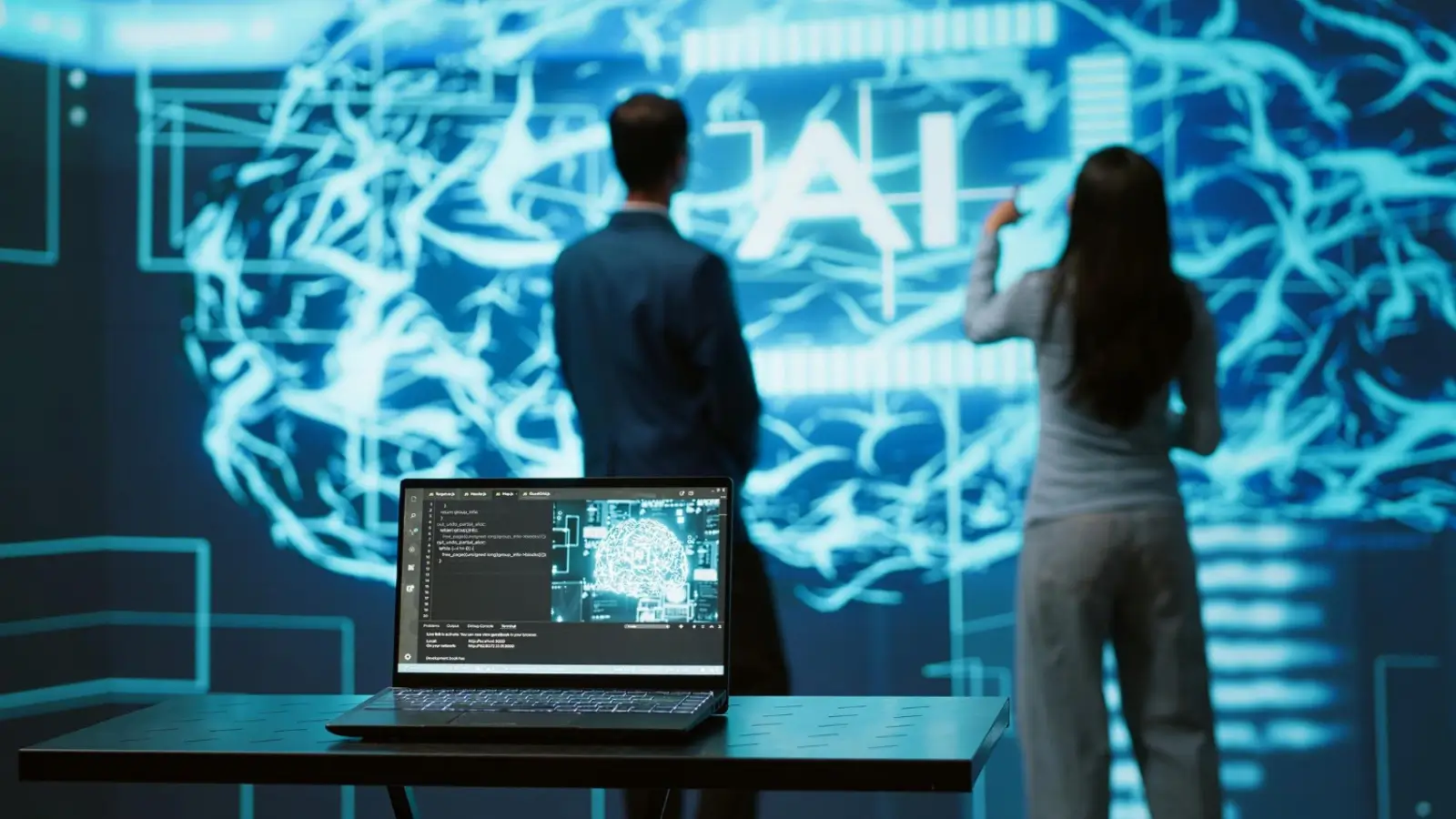


Artificial Intelligence has come a long way since just crunching numbers or playing chess. Today, AI can recognise objects, label environments, and understand visual contexts in real time - but one lesser-known fact about the field lies behind AI: humans still do most of the heavy lifting when training visual models.
At this point, 3D annotation services come into play - and no, not everything involves robots and automation just yet!
People often think autonomous cars or AI surveillance systems operate fully machine-driven. But this assumption is incorrect; AIs require extensive training with thousands--sometimes millions--of labelled images before being capable of distinguishing pedestrians from fire hydrants.
Humans meticulously label every frame, object and shadow - even down to depth realism and spatial understanding - when creating 3D annotations. 3D annotation plays an essential part in these efforts.
Why 3D Annotation Is the Keystone of AI Vision AI vision training should be treated like teaching children to recognize animals in nature: not simply with pictures but by showing videos, 3D models, movements and variations as well. This approach also works well when teaching machines how to recognize images.
Here is what sets 3D annotation apart from traditional 2D labeling:
The global AI race is intensifying, but its foundation lies with people behind screens; people tirelessly adding bounding boxes, specifying object dimensions and reviewing frame-by-frame footage to build it all up.
Oworkers has made its name known by offering top-of-the-line 3D annotation services. Their teams ensure that data fed into AI models is clean, consistent, and deeply contextual. Without human input, AI would be wandering aimlessly through space.
Annotating 3D models is no mere administrative task - its effects reach far and wide, touching almost every aspect of our daily lives. Every time we:
That experience could very likely be powered by a 3D annotated dataset.
Autonomous Vehicles Tesla, Waymo and other players in this space rely on accurately labeled data to power their autonomous vehicles. 3D annotations allow their vehicles to "see" in multiple dimensions and make safer decisions.
Artificial intelligence in medical diagnostics is expanding exponentially, using 3D annotation to help models recognize tumors on CT scans or locate organs for robotic surgery support.
For immersive experiences to be effective, accurate depth recognition is paramount. No longer does a good storyline suffice--realism must come first.
Many AI startups and even larger tech companies find managing large volumes of annotation on their own to be both costly and time-consuming - creating internal bottlenecks which limit growth. By outsourcing, however, they gain:
Oworkers provides companies with pre-built infrastructures for model management allowing them to focus more on building their models than on labelling them.
As AI evolves, more tools may emerge that combine human precision and machine speed - but until then, manual 3D annotation remains at the heart of visual AI training.
Hybrid Intelligence (HI) has quickly gained recognition, with many acknowledging that even the best AI systems still require human input to achieve optimal performance. From fine-tuning training data or adding cultural nuances to visual models, humans remain part of this equation for now.
AI may be the buzzword of our time, yet it is easy to lose sight of who's steering its vision: human hands.
Next time your phone unlocks with facial recognition or your car warns about an obstacle, remember this: behind those machines is a team of real people working to ensure that tech sees the world just as clearly as you do.
If you're building the next big thing in AI, now may be the time to explore 3D annotation services that combine precision with scale - as even the smartest AI requires smart humans behind it.